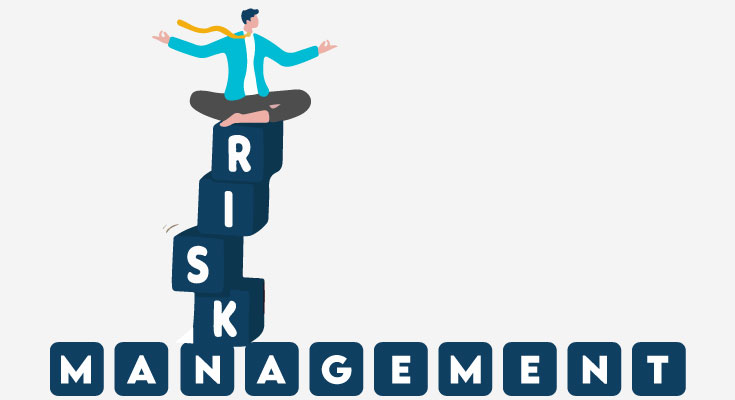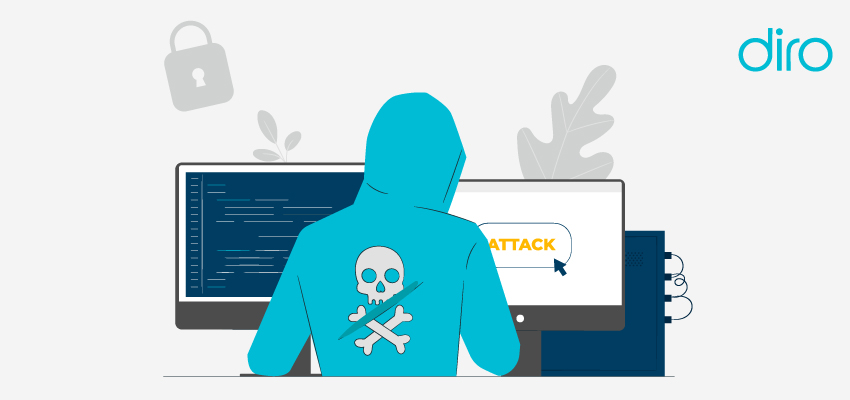Common Challenges in Risk Management

It is almost impossible for lenders to measure and manage credit risk based on the disruptive patterns in consumer behavior in the last 2 months. How can large banks ensure that their digital transformation programs are working perfectly?
Managing risks is becoming tougher in today’s time, and businesses from all over the globe are implementing new methods.
Managing Risk Models in a Crisis
One of the biggest problems faced by risk leaders worldwide involves changes in consumer risk. Leaders also need to know how to measure these risks to be able to make better decisions.
Every major change in the economy brings up the issue of risk model performance. The current models are based on risk models prior to Covid.
Robust risk management models will keep performing well even when the situation in the financial industry has changed. However, the actual level of risk will change, making the model monitoring and governance more critical.
Biggest Challenges in Risk Management Today
There are 7 major challenges in risk management as of today, including:
1. Failure to Use Appropriate Risk Metrics
Value-at-risk or VaR is a common risk metric, but it only tells the largest loss a firm has incurred at any given time. VaR gives no idea about the distribution of losses that exceed VaR.
This would suggest the application of VaR doesn’t guarantee the success of risk management. The effectiveness of implementing VaR also depends on the liquidity of the financial market.
2. Measurement of Known Risks
Risk managers sometimes mistake for accurately depicting the probability and the size of the losses. They could also use the wrong distribution channel. For a financial institution with endless positions, although they may properly estimate the distribution associated with every position.
Unable to measure, or wrongly measure a known risk, is a big challenge in risk management.
3. Failure to Take Known Risks into Consideration
Sometimes, risk managers face challenges in considering all the risks in a risk management system. Sometimes it’s because of neglect, and sometimes it’s because of the additional expense. This happens because it’s impossible to forecast future events.
4. Unable to Communicate Risks to Top Management
Risk managers have to share information about the risk position of the organization with the top management. The management and the board have to take this information into account and come up with a risk management strategy.
If a risk manager is unable to provide this information to the top, they won’t be able to come up with a risk management strategy. The strategy they do come up with is based on ill information. This leaves the firm vulnerable and unable to manage risks properly.
5. Failure in Monitoring and Managing Risks
The last challenge for risk managers is to capture all the changes in the risk characteristics of securities to adjust strategies accordingly. As a result, risk managers often fail to monitor or get rid of risks simply because the risk characteristics of security may change too quickly to allow them to assess them, and put on risk-preventing methods accordingly.
6. Lack of Clear Objectives
Another reason why risk management fails for businesses is the lack of clear objectives. Without a clear understanding of what businesses want to achieve and what risks they’re managing, they won’t be able to manage the risks properly.
7. Relying Only on Technology
While technology offers tons of benefits, businesses shouldn’t rely only on technology for risk management. A perfect blend of human judgment and expertise is crucial for analyzing the data and making well-informed decisions. Over 50% of businesses investing in risk technology are also training their workforce and processes to maximize effectiveness in managing risks.
How to Avoid or Overcome Risk Management Failures?
There are a couple of ways businesses can avoid or overcome risk management failures, such as:
1. Define Objectives
Defining risk management objectives clearly will ensure businesses will be able to avoid risks associated with their business. Clear objectives can also help align risk prevention strategies with the overall business mission and strategy.
2. Conduct Risk Assessment
Businesses need to assess potential risks, consider their likelihood and potential impact, and seek input from various sources.
3. Stay Vigilant
Another way to prevent risk management failures is by staying up-to-date with markets and risk trends. Businesses can do this by consistently monitoring their environment for emerging threats.
4. Allocate Resources
Ensure the business has enough financial, human, and technological resources to meet its risk management goals.
5. Engage Stakeholders
Businesses should make sure that they engage all relevant stakeholders in the risk management process. There has to be open communication to gather insights from everyone involved and affected.
6. Enhance Communication
There should be clear communication channels and protocols for sharing risk-related information and fostering a culture of open communication. The aim of this communication channel is to foster an environment in the organization where everyone is comfortable reporting risks and concerns.
7. Stay Compliant with Regulations
Another way for businesses to avoid risk management failures is by staying compliant with all the regulations. Following regulations can help businesses prevent fraud risk and ensure businesses don’t fall into legal trouble.












